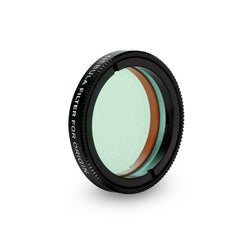Triple APOD - July 11, 2024: 17 Minutes With the Eagle Nebula by Doug Zeeman
The brightness of the image produced by a telescope or lens is determined by its F/ ratio, the proportion between the optic's focal length and the diameter of its primary objective optic, be it a lens or a mirror. The focal length determines how magnified the image is on the camera's sensor, and the primary objective's diameter sets how large of an area you're collecting light from. For a given focal length, a smaller F/ ratio will mean a larger 'light bucket', meaning more light is collected, and therefore the image will be brighter. Similarly, for a given diameter, a smaller F/ ratio will give a shorter focal length, meaning less magnification and more of the sky is being sampled per pixel, again yielding a brighter less noisy image.
The Celestron Origin is unique among smart telescopes because it uses a Rowe-Ackerman Schmidt optical design, giving a very fast F/2.2 ratio. With roughly the same degree of magnification as other smart telescopes, the Origin uses a 6-inch (150mm) diameter scope, while other smart telescopes can only use optics with 1/10th the light collection area, sometimes less. This makes for much faster image acquisition time, such as this example of the Eagle Nebula in the constellation Serpens, taken in just 17 minutes!
The Celestron Origin is out of pre-order and is available now from All-Star!
Related Products
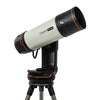
Celestron Origin Intelligent Home Observat...
Celestron has put the entirety of their knowledge, skill, and legacy behind this new and exciting home observatory. A smart telescope capable of im...
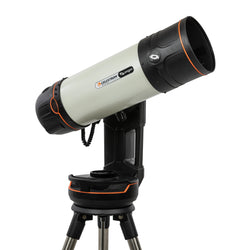
Celestron Origin Intelligent Home Observatory Telescope (12099)
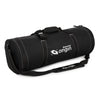
Celestron Padded Telescope Bag for Celestr...
A padded bag made just for the Celestron Origin Home Observatory telescope. Easy addition for those looking to take their scope on the go.
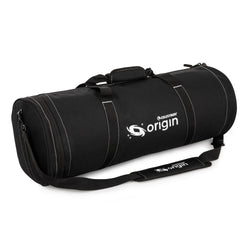
Celestron Padded Telescope Bag for Celestron Origin Intelligent Home Observatory (94031)
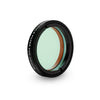
Celestron Nebula Filter for Celestron Orig...
A nebula filter to help get those gorgeous views and crisp details out of their Celestron Origin intelligent home observatory.
